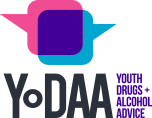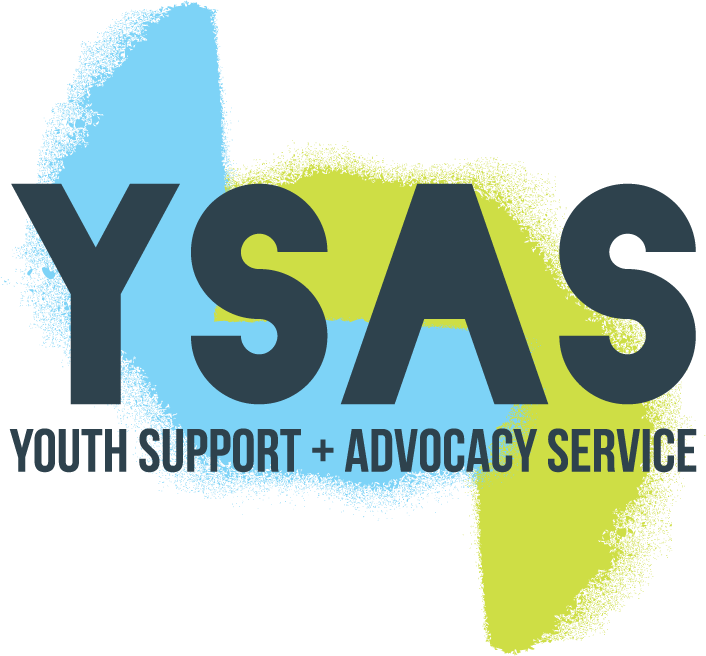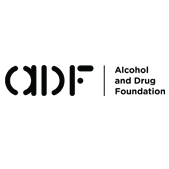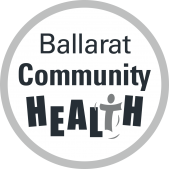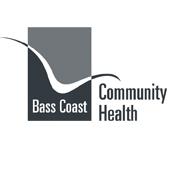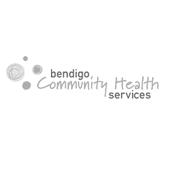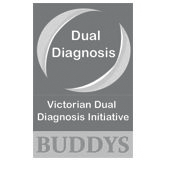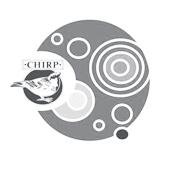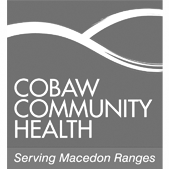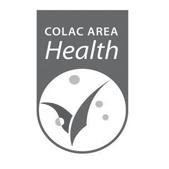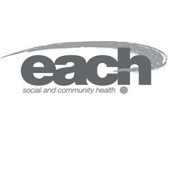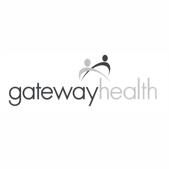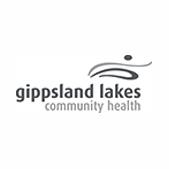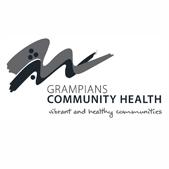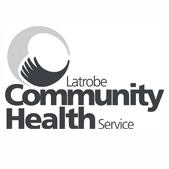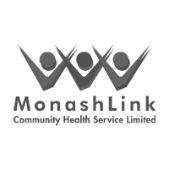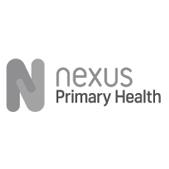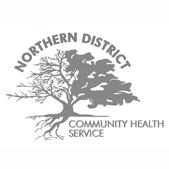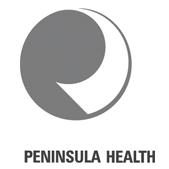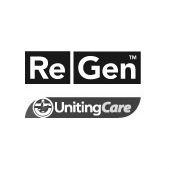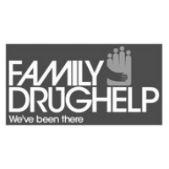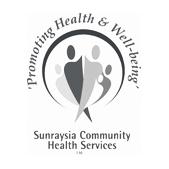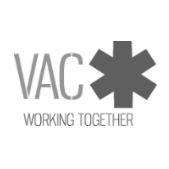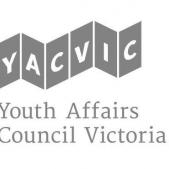Research
Socio-economic status and risky alcohol use
People with the highest socio-economic status (SES) were more likely to consume alcohol in risky quantities in the previous 12 months than people with the lowest SES.
This is according to The National Drug Strategy Household Survey (NDSHS), which in 2013, asked almost 24,000 Australians about their alcohol and other drug use.
If the results of Australia’s largest drug use survey are right and people with the greatest resources are consuming higher amounts of alcohol, why then do people from low SES areas seem to be over represented in Youth AOD treatment?
Could it be because problems related to AOD use, in this case specifically alcohol use are influenced by more than just the amount or frequency of consumption? There is substantial research about the greater harms that people with lower SES status experience when using drugs compared to their more well off peers. In fact, the health harms stemming from drug use are often more strongly associated with disadvantage than with the drug use itself (Room, 2005).
In addition, even when problems do occur, perhaps individuals with more material resources also have more options for resolving alcohol and drug problems without the need for public Youth AOD treatment.
Much can be learned from large drug surveys such as the NDSHS. When we integrate current drug use trends with an understanding of the factors that contribute to drug related harms and problems and need, we come out with a richer understanding on which to base our youth AOD work.
You can read more about the link between disadvantage and increased harms here and here.
Want to learn more about the NDSHS? The final report which was released earlier, gives us the most current snapshot of drug and alcohol use in Australia.
